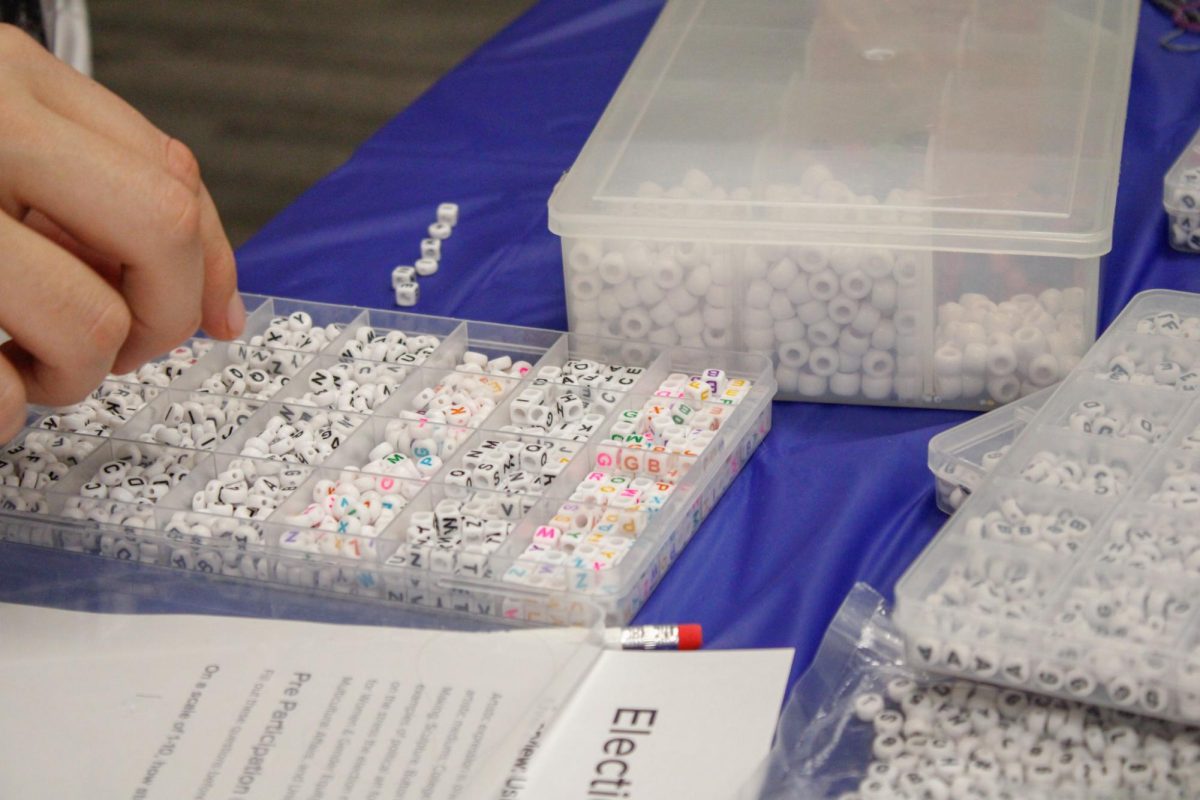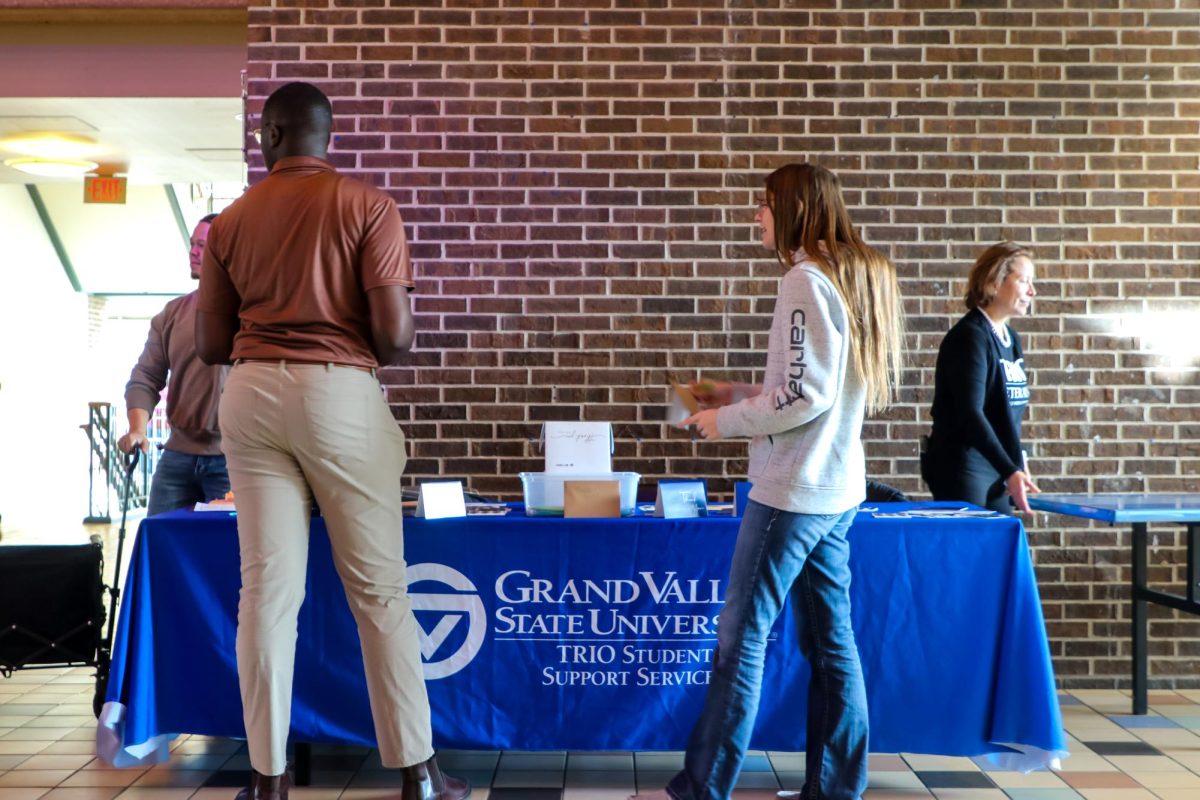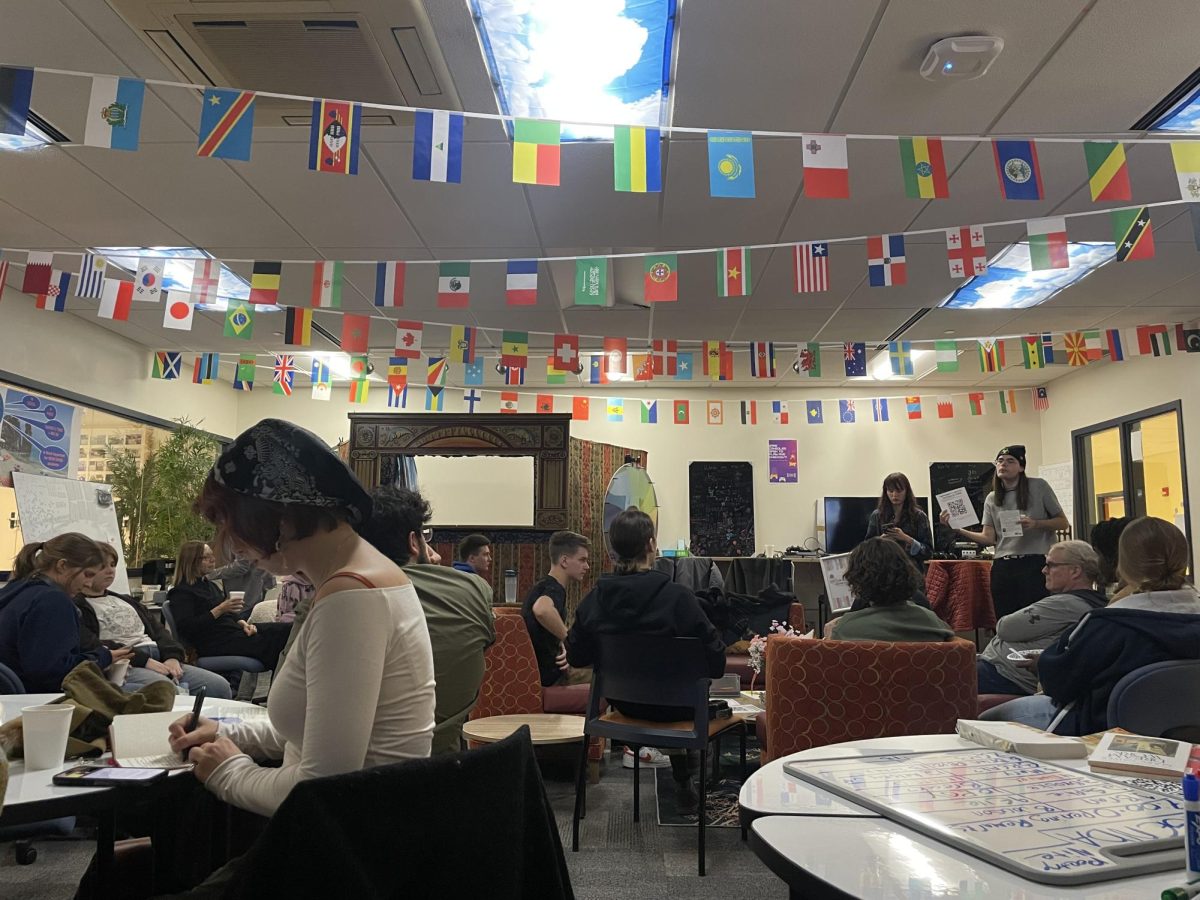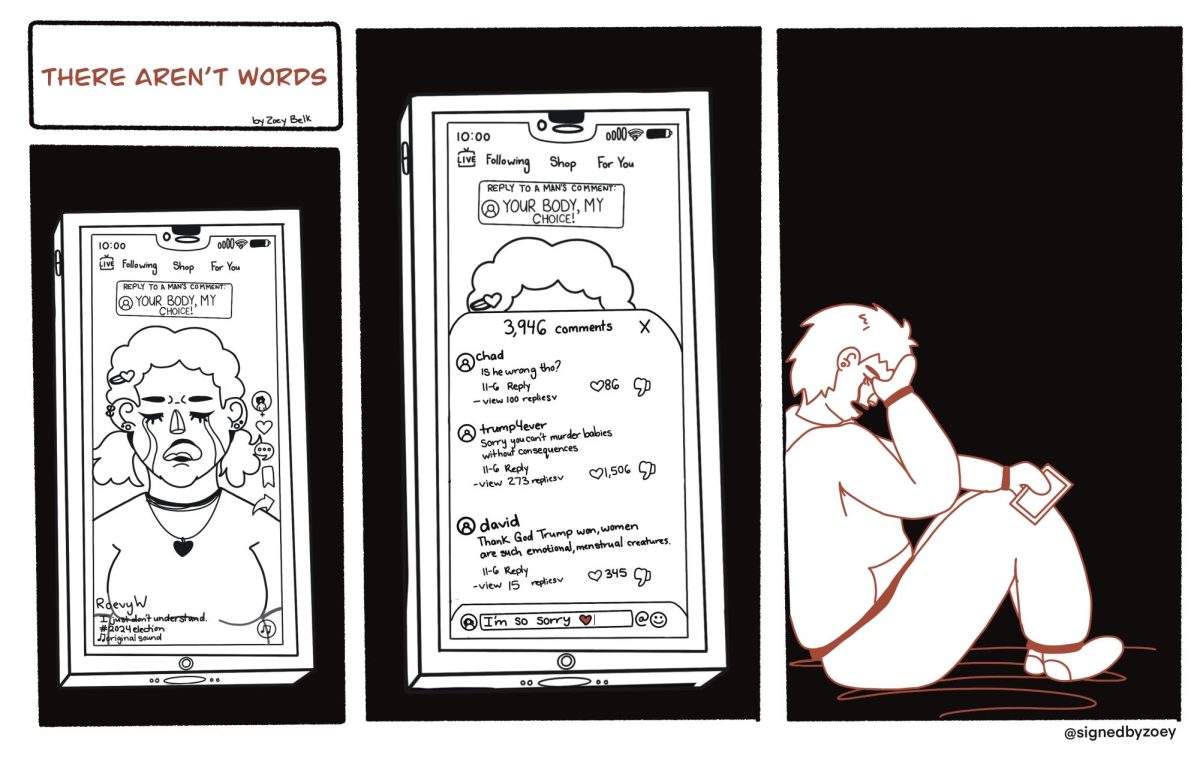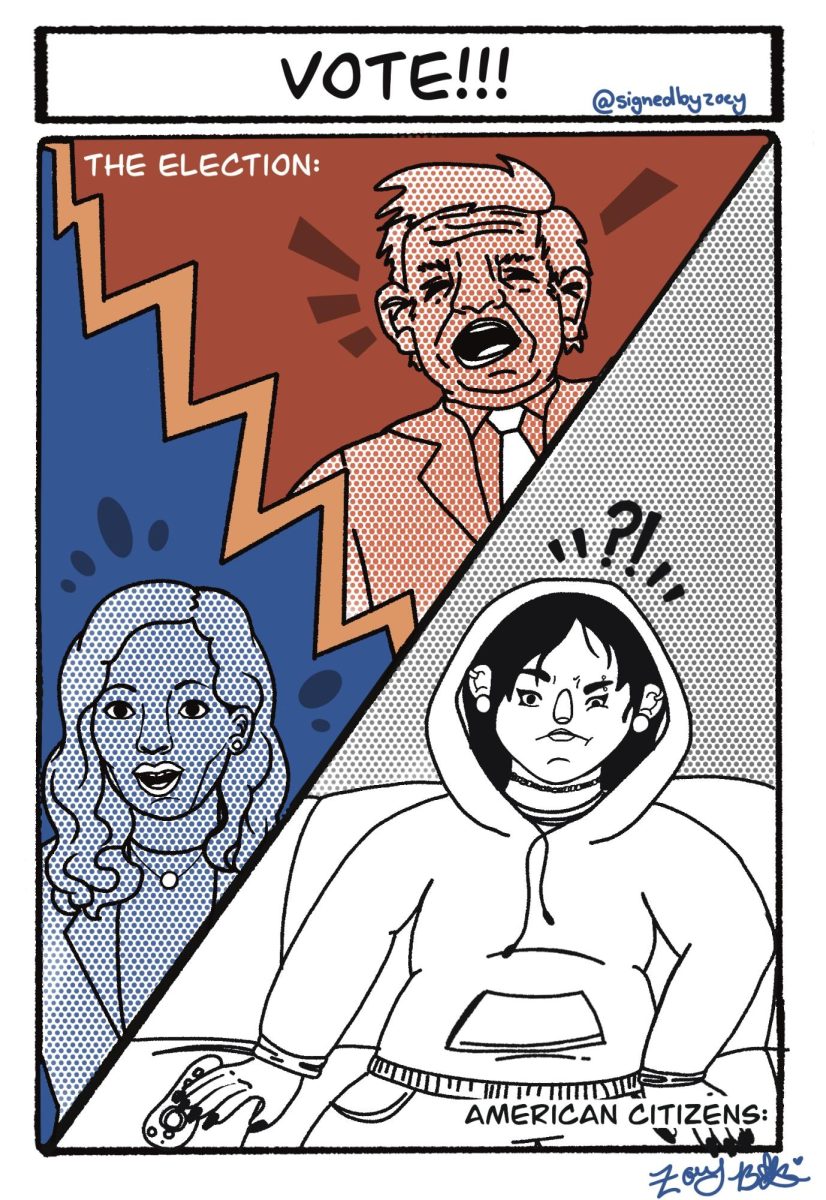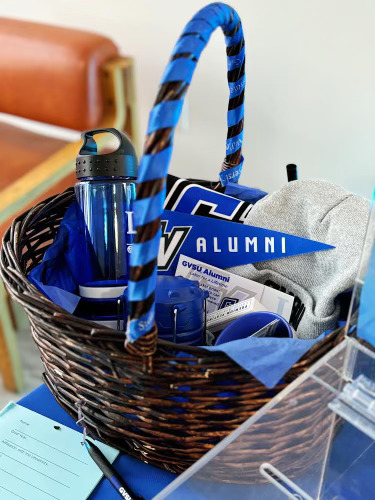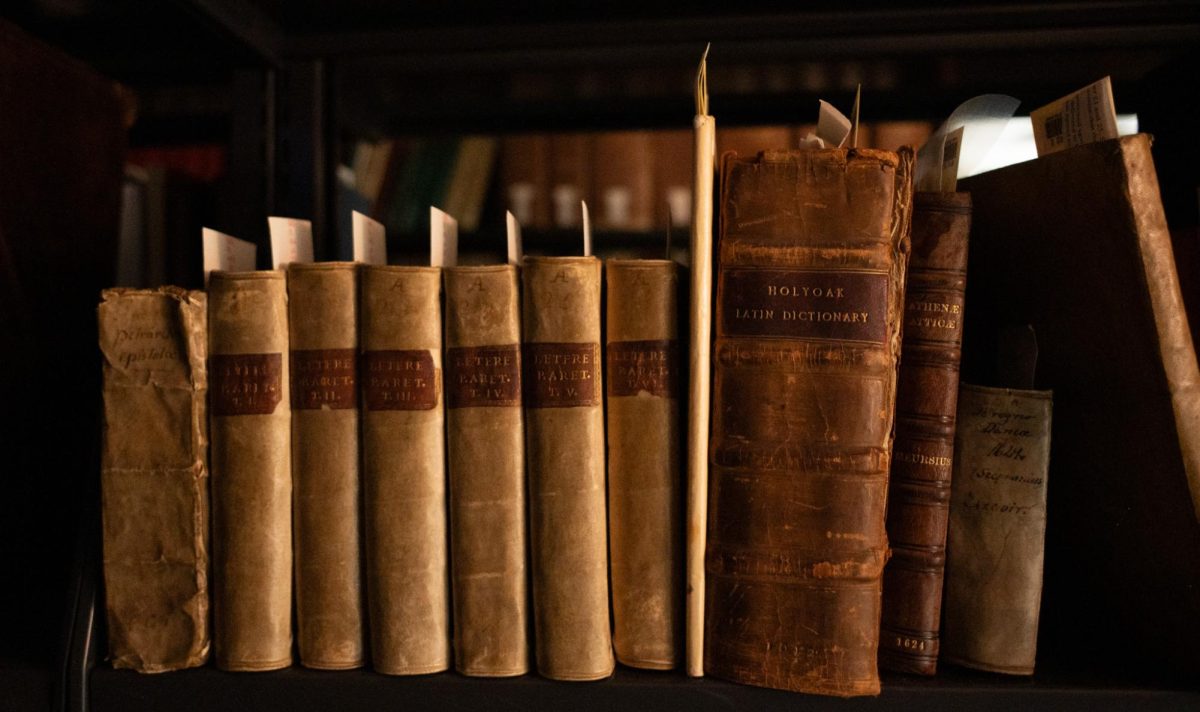Season in review: GVSU women’s basketball
GVL / Dylan McIntyre. Thursday, February 15, 2018. Grand Valley Womens Basketball against Ashland.
Mar 15, 2018
Usually, when a team brings back zero starters and loses even more rotation players to graduation from one season to another, the outlook is not particularly bright for the upcoming campaign.
Such was the case with the transition from the 2016-17 Grand Valley State women’s basketball team to the 2017-18 team. At that point, there was not exactly a championship vibe floating around Allendale.
“I don’t get too wrapped up in what other people think,” said head coach Mike Williams. “We’ve got to worry about us, but it was a bit of an unknown. Graduating five starters and seven really good seniors, you take that. …
“We knew we had some talent. It’s not like the roster was bare. You just never know with people in new roles what they’re going to do.”
With new faces aplenty and old ones adjusting to new, heavier roles, the Lakers opened the non-conference season with a bang, rattling off four consecutive victories (three of which were by double digits) and five wins in six games.
That would be all the Lakers needed to find their chemistry and get to playing standout basketball.
“I definitely think, especially during the summer, we didn’t know how we were going to do because we did have so many new players,” said guard Jenn DeBoer. “We had a lot of players who didn’t play a lot or at all, so once this team was built and we got a couple of games under our belt, I think we all kind of felt that we had potential to be pretty good.
“But as the season went on and we kept winning and being successful, I think that everything started to click.”
The only two seniors on the team—forwards Taylor Parmley and Korynn Hincka—adapted seamlessly to their newfound leadership roles. Not only did they serve as leaders, but they were the only two returning players who played double-digit minutes last season. As leaders, they helped their teammates grow as athletes and people, both of which were vital in the surprising success of GVSU.
“We had two excellent leaders, and they were excellent because they both experienced adversity in their careers with injury redshirts, and I think they led our youngsters and everybody kind of followed,” Williams said. “You talk about team chemistry being a big part of success, and I think that showed. I think we had that (through the whole team). I think we had good team chemistry.”
Once the conference season began, only two teams were able to beat the Lakers: Michigan Tech and Ashland. Both teams were nationally ranked throughout the season, with Ashland checking in at No. 1 all year long as they continued to extend their record-setting win streak.
That streak was extended in what was perhaps the closest game of the entire run when they visited the Fieldhouse Arena in Allendale for a road matchup with the Lakers. GVSU took Ashland into overtime in what was an electric environment before losing by only 5 points. In that game, Parmley went down with a torn ACL.
GVSU beat every single team in the conference except for the Huskies and the Eagles as they managed a 16-4 record in the GLIAC, good for third in the league come tournament time.
The run throughout the Midwest was fueled by a host of different contributors. Returning from last year’s team, Parmley, Hincka, DeBoer and center Cassidy Boensch stood out from the pack.
Before going down with her season-ending injury in February, Parmley averaged 11.9 points and 5.8 rebounds per game, both good for third highest on the team. Boensch was able to step into her role after the injury and simply dominate, winning three consecutive GLIAC Player of the Week honors while averaging team highs in points per game, rebounds per game and field-goal percentage at 13.1, 7.1 and 60 percent, respectively.
DeBoer stepped into her role as a battery on the offensive end, scoring 12.3 points per game and grabbing 4.1 rebounds, but she also handed out three assists per game and shot 36.1 percent from 3-point range.
Then there was the newcomer: transfer guard Natalie Koenig. She started all 33 games the Lakers played and sparked the offense while doing so, scoring 11.5 points per game on 37.3-percent shooting from deep while averaging 3.6 assists per game.
“Obviously, Natalie coming in as a transfer (was big),” DeBoer said. “She was definitely a key role for us because she had experience, especially at guard. I think that she did a lot. Then Korynn and Parm as seniors, they lent a lot of leadership for us on and off the court.
“And then Maddie (Dailey), she didn’t play very much last year, either, and she kind of stepped in along with (Victoria Hademark), so I think a lot of people had, not breakout years, but there were a lot of us who didn’t play a lot last year who had to step up this year. Then, obviously, Cassidy when Parm went down, she really stepped up.”
Once conference tournament season rolled around, the Lakers found themselves as the No. 3 seed behind the only two teams that could beat them. They made it through Northern Michigan and Ferris State, beating both teams for the third time that season. Ashland awaited them in the championship game, where GVSU was once again unable to take down the queens of the conference.
Fortunately, the Lakers were still given an at-large bid into the Division II National Tournament as a five seed. Their first round opponent? Michigan Tech.
They did not enter the game intimidated, even if they had lost to the Huskies twice before. Their confidence was rewarded with a 75-54 drubbing of the conference opponent.
“They beat us twice,” Williams said while discussing highlights of the season. “I think our players were working after suffering the injury to Taylor Parmley—that set us back a bit—but we worked and beat Tech in the national tournament.”
The second round of the tournament was where the Lakers’ run ended when they ran into Ashland.
They finished the season 26-7 with losses to only three teams (Ashland, Michigan Tech and Southern Indiana). That record was better than last year’s 24-8. To say that it was easy to see that coming would be a flat-out lie.
“I think (this season) was a huge success,” Williams said. “I’m usually not in that mode because the one quality that hangs over your head is the four losses to Ashland. They’re a great team, but you don’t want to lose to someone four times, so that was rough, but we played well. We played well at our place, and I thought it was a huge success.
“The program did some things that haven’t been done. We won our fourth 21-win season in a row, our fourth GLIAC tournament wins, third-best record in school history. I think some things came out of it as far as success for this year.”
The team’s motto throughout the season was a simple one: get better every day. They were not interested in looking back on previous games or ahead to ones they hadn’t played yet. They simply focused on themselves and getting better and, if they got better each day, they would be successful.
For a team that started the season with little identity and ended as one that gave possibly the best team in Division II history not one but three close runs and then beat the Huskies who tormented them all season by 21 points on a national stage not only showed that the Lakers got better each day but thrived daily.
There were no championship vibes emanating throughout Allendale and no championships came of it, but soon enough, that could very well change.















